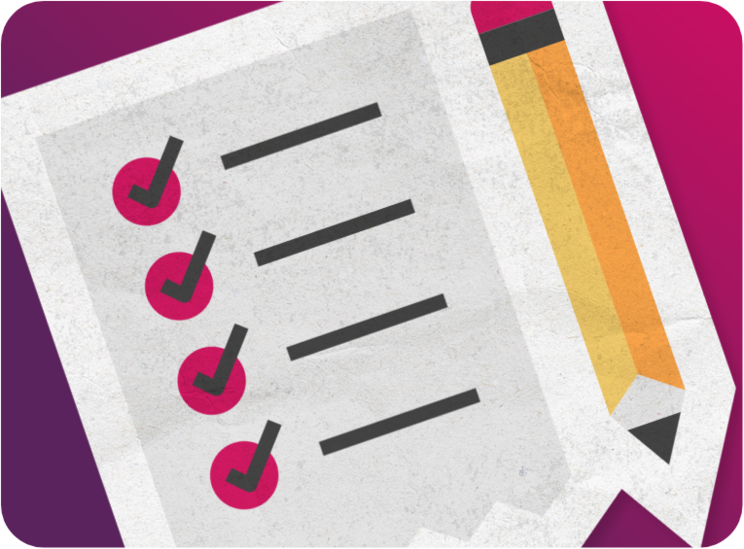For adults with active ankylosing spondylitis

Are you making the most of your time with your doctor?
Each visit with your rheumatologist is an opportunity to have an important conversation that may impact your ankylosing spondylitis (AS) management.
Have you ever felt rushed or forgotten to talk about something? It’s common to feel this way.
66%
An online survey found two-thirds of patients leave a physician's office realizing they have remaining questions.
The best way to make the most of each appointment is to think about how your appointments usually go and prepare yourself to communicate your needs in the next one.
Tips to prepare for your appointments
Talking to the doctor can be difficult for anyone. This video can help you prepare and feel ready to go.

Are you tracking your symptoms?
AS symptoms are chronic. Keeping track of the level of pain and when it occurs gives you a deeper understanding of how and when AS interferes with your life and helps you recognize when the pain shows up again and again.
Here are a few tips:
- Consider using your phone or paper
- Take photos
- Note the daily impact of symptoms, including severity, frequency, and location
- Summarize your experience
Symptom tracking can also lead to a better treatment experience. This information will help your doctor determine if your treatment needs to change.
Put it all together
Next, we’ll help you turn your symptom tracker into a short summary to share with your rheumatologist—we call it your Cue Card.
